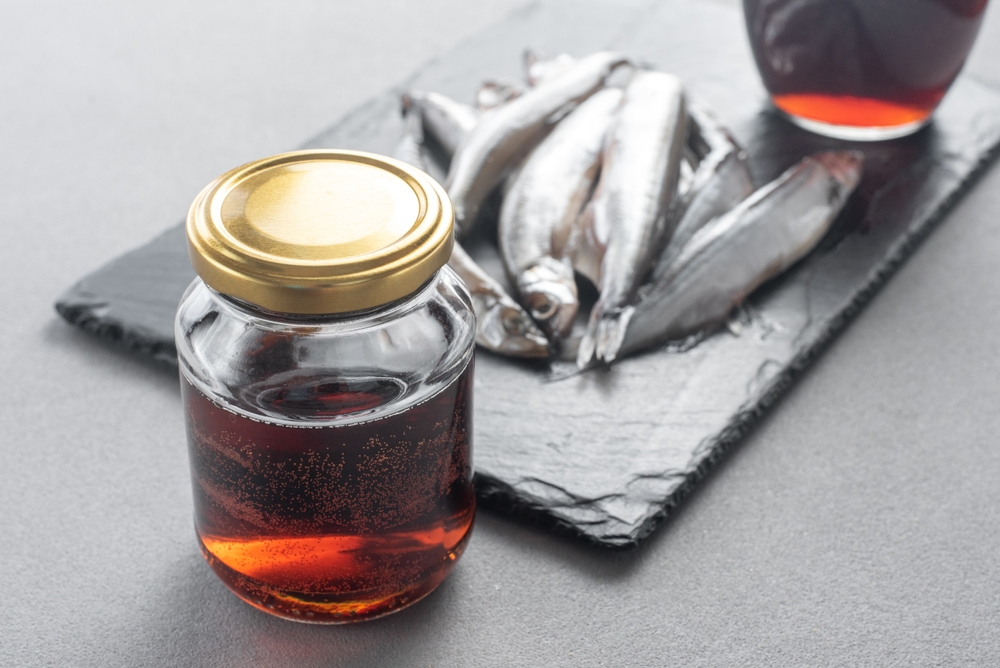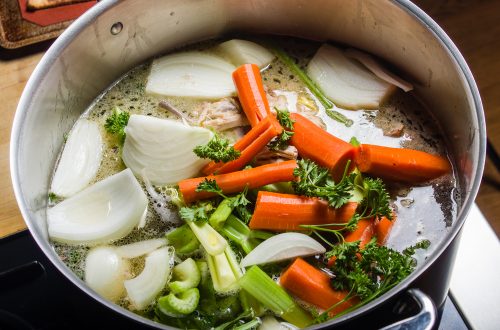
What the Ancient Romans Could Tell Modern Cooks About Adding Flavor
From your email, please click on the title to view the photos and comment online. On the Website, you can read past blogs, search for recipes, and browse.
When Julius Caesar or Pliny the Elder or Augustus wanted to amp up the flavors in their food, they’d reach for their version of ketchup – garum. This fermented fish sauce was pure flavor thanks to its combination of umami-rich amino acids. Paul Breslin, a nutritional sciences professor at Rutgers University, said that every household table in the Roman Empire probably had a bottle. And before its destruction by a volcano, Pompeii was one of the largest producers of garum in the empire.
Suppose you were interested in trying out a garum-like condiment in your own cooking. Sally Grainger, the author of The Story of Garum, says that Red Boat, a brand of Vietnamese nuoc mam, is the closest thing to liquamen, a somewhat lighter version of garum, although the Romans used both names to describe their ketchup.
Though originally produced by the Greeks and Phoenicians as early as 500 B.C.E., garum was most popular among Romans and was produced in various grades and consumed at all levels of society. Nobile garum, the best grade, was ladled off the top of the brewing mixture. After all the liquid was removed, the remains called allec were used in poorer households to flavor their porridge. Soon, factories for making garum could be found all around the Mediterranean. By the time of Augustus, the best garam came from Cartagena and Gades (modern Cadiz) in Baetica. The garum from Lusitania (modern Portugal) was also prized.
If you’re wondering how it tastes, the only similar condiment found in most households is Worcestershire sauce. It turns out that these days, chefs around the world are starting to make and use their own garum, trusting the age-old process of heavily salting a raw protein source to ferment and extract its liquid. The purpose is to be able to reinforce the flavor of whatever protein they’re using in a particular dish.
Garum at your table
The cuisines of Southeast Asia all make generous use of this sauce, called nuoc m’am in Viet Nam. In your kitchen, it’s a great way to add a distinct savory flavor to marinades, dipping sauces, dressings, soups, stir fries, and noodle dishes. And, since Southeast Asian food is becoming more mainstream, now may be the time to experiment. Maybe try a Thai shrimp curry, a chicken ramen bowl, or grilled bass with chili lime dressing. Of course, there’s the traditional Vietnamese Beef Ko, that beef stew that some say is the best they’ve ever tasted.
Then again, the old Roman cookbook Apicius has a recipe for lamb stew that instructs cooking the meat with onion, coriander, pepper, lovage, cumin, liquamen, oil, and wine, then thickened with flour. Good luck with that one.
As for me, I’ve gone through several bottles of fish sauce, which I use often. But I’m inspired to try one of these Asian recipes. By the way, if you’re curious about ketchup, it seems that in southern China around 300 B.C., chefs introduced a sauce they called koe-cheup that was made from fermented fish and soybeans. The Dutch and English merchants in the 16th and 17th centuries brought it back to Europe where the English made their own version using initially fermented oysters or anchovies. Tomatoes didn’t enter the recipes until the 1830s in America.
Have you tried fish sauce? If so, what would you recommend?
Please click on the headline to view the blog on the website. You can log in and comment at the end of the blog to share your thoughts and start a discussion, or suggest a topic for Farmboy in the Kitchen.
If you’d like to share the blog, click on the Facebook icon or one of the others. Thanks!





One Comment
Chuck
garum … sounds like the noise my stomach makes when I’m hungry.